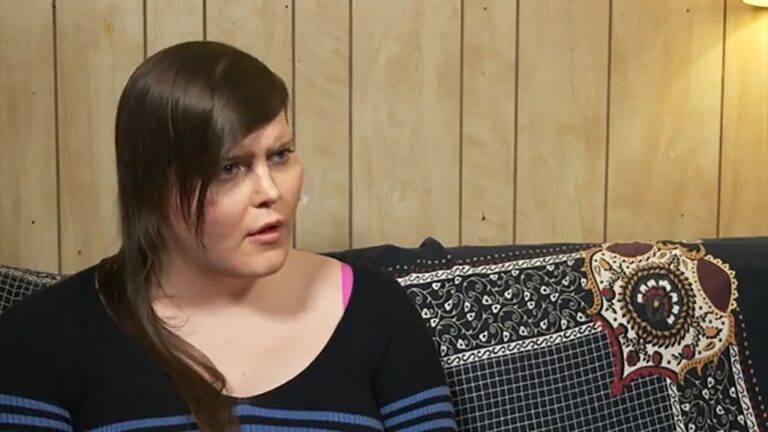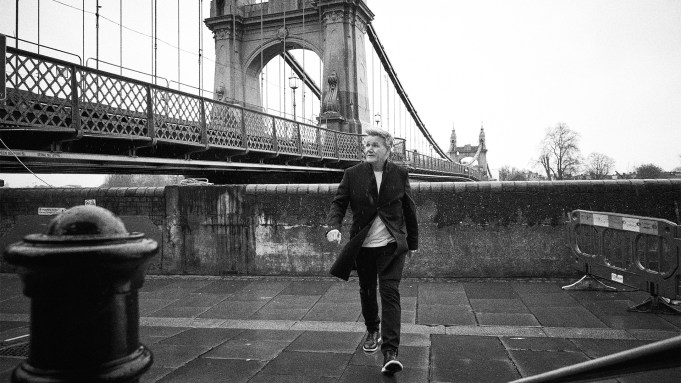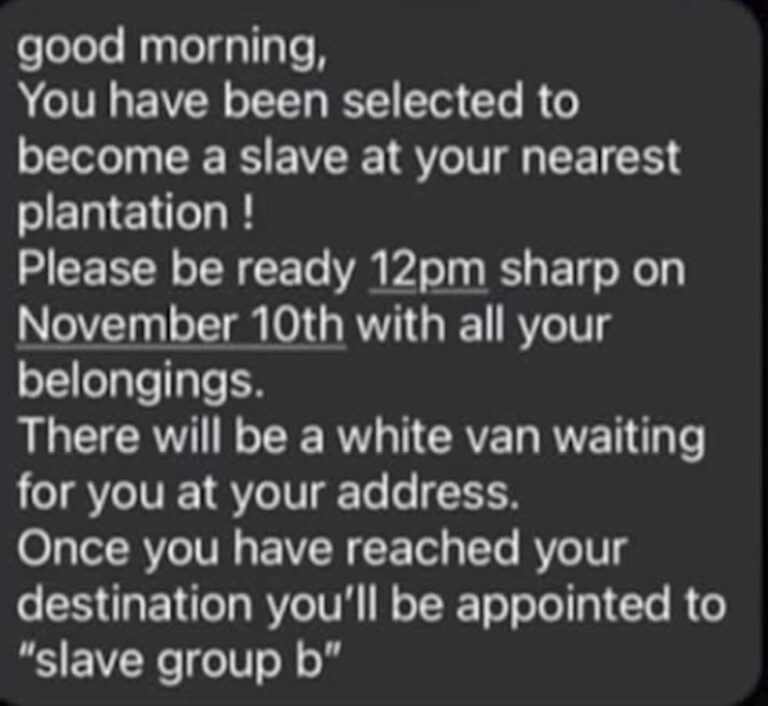Father Shares Experience of Racist Encounter at LAX
Racism at LAX: A Father’s Powerful Encounter
Racism is a problem we have yet to fully solve, and stories like the one I’m about to share remind us that it’s still an issue in 2023. A father recently opened up about a heartbreaking encounter with racism at Los Angeles International Airport (LAX). This incident caught significant attention, and for a good reason—it forces us to confront the ugly reality of bigotry in our society.
A Spotlight on Racism
Imagine navigating through an airport, bustling with travelers, as you juggle your children, boarding passes, and perhaps a little stress. Airports are supposed to be melting pots of cultures, connecting people far and wide. Yet, beneath that veneer of diversity lies the potential for intolerance.
The father at the center of this incident relates how, during his travels with his child, he encountered unsettling hostility from a stranger. The incident wasn’t just an awkward moment; it was a rallying cry for everyone who has experienced prejudice, even in the most unexpected places.
The Encounter
It started like any other day at LAX. This father was simply trying to make his way through the airport when a woman unleashed a torrent of racist comments directed at him and his young child. It’s hard to fathom how someone can harbor such hatred and feel justified in expressing it to strangers. Many of us have seen or heard about these awful moments in movies or news, but living through it? That’s a different ball game.
What’s shocking about such encounters is not only the hateful words but also the impact they have on the children who witness them. Imagine being a little kid, unsure of what’s happening, just wanting to have a good time. The child’s innocence is shattered momentarily by someone else’s ignorance. It’s a heavy burden to carry, particularly for a kid who doesn’t yet comprehend the full scope of societal issues.
Why It Matters
You might wonder, “Why should I care about this specific story?” Well, it’s about more than just one father’s emotional turmoil. It’s about acknowledging that racism still exists and can rear its ugly head when we least expect it. Stories like these shine a light on behaviors we often overlook or dismiss, thinking, “That could never happen to me.” But it can, and it does.
Conversations About Race
This incident isn’t just a one-off scenario; it holds roots in the broader conversation about race, identity, and visibility. If we ignore these uncomfortable discussions, we’re effectively enabling the same behavior to continue unchecked. Yes, it’s tough talking about racism—it’s awkward, and it can lead to some contentious exchanges. But avoiding the topic serves no one.
Think about it; if you incidentally stepped over a broken sidewalk, it may not seem serious at first. But if everyone did the same? We’d end up with heaps of complaints and perhaps a lawsuit. It’s the same with racism: brushing it under the rug won’t fix the issue—it needs to be addressed, confronted, and ultimately eradicated.
The Father’s Reaction
In the aftermath of this encounter, the father decided not to brush it aside or stay silent. He chose to speak up, helping initiate discussions about the impact of racism not just on individuals, but on families. It was an organic call-to-action, inspiring others to share their own experiences and weigh in on what we must collectively work toward.
Speaking Out
The decision to speak out was not small or easy. Many people feel pressure to leave uncomfortable moments in the past, believing that silence might shield them from further harm. However, by sharing his experience, this father exemplified bravery. He didn’t just become a victim; he became a voice of resilience and a champion for change.
His decision to vocalize pain offers an opportunity for empowerment. When someone openly discusses their experiences with racism, it not only fosters understanding among those who can relate but can also inspire allies who might feel uncertain about how to approach these conversations.
Allyship in Action
As the father’s experience started to spread through social media and news outlets, it reminded us of our roles in fighting racism. Each one of us has the ability to contribute to the narrative, whether through discussions in our living rooms or by amplifying marginalized voices on social media platforms.
Consider some key ways you might be able to help:
The Community Response
The father’s story didn’t just stop at awareness; it prompted a much-needed dialogue within the community. Comments rolled in, some sharing empathy, others recounting similar experiences, and the conversation broadened to include various aspects of race and identity.
What does it mean to be a father navigating through a society rife with prejudice? How do we protect our children from ignorance while equipping them with the tools to understand the world around them? These are the questions echoed in conversations spurred by the incident.
The Road Ahead
While stories like this can be discouraging, there’s an innate power in shedding light on the darkness. Individuals, families, and communities who come together to speak out against racism help form a collective resistance against bigotry. This pathway isn’t quick nor is it straightforward; it’s a labyrinthine journey that requires tenacity and patience.
Advocacy and Education
To halt the cycle of hate, we must advocate for education about racism, diversity, and acceptance from an early age. Schools can play a central role in fostering inclusive environments that celebrate differences. The more we educate our children on these topics, the more equipped they will be to handle adversity and stand up for themselves and others.
Moreover, sharing stories not only aids in individual healing but also serves as a historical document of our experiences. We create a tapestry of narratives that illustrates resilience, unity, and the fight for a hopeful future.
Conclusion
At the end of the day, the story of the father at LAX is not just a tale of confrontation; it’s a catalyst for change. It invokes empathy and encourages each of us to be vigilant against racism in all its forms. By refusing to turn a blind eye, we collectively inch toward a future where love and acceptance reign supreme.
So, what can you do to be part of the solution? By engaging, educating, and exhibiting kindness, you contribute to a much larger narrative. We can all be leaders in this fight against hatred, fostering a kinder world for the future generations.
FAQs
1. What should I do if I encounter racism?
If you experience or witness racism, it’s important to speak up, document the incident if possible, and report it to the appropriate authorities.
2. How can I support someone who experiences racism?
Listen to their experience without judgment, offer your support, and encourage them to share their story or seek help if they need it.
3. What role do children play in fighting racism?
Children can help break the cycle of racism by learning about diversity and practicing kindness and acceptance among their peers.
4. How can schools address racism effectively?
Schools can create inclusive curricula, facilitate open discussions about race, and establish anti-bullying policies that promote a respectful environment.
5. Why is storytelling important in combating racism?
Storytelling helps raise awareness, fosters empathy, and builds connections among individuals, making it a vital tool in dismantling prejudiced views.







